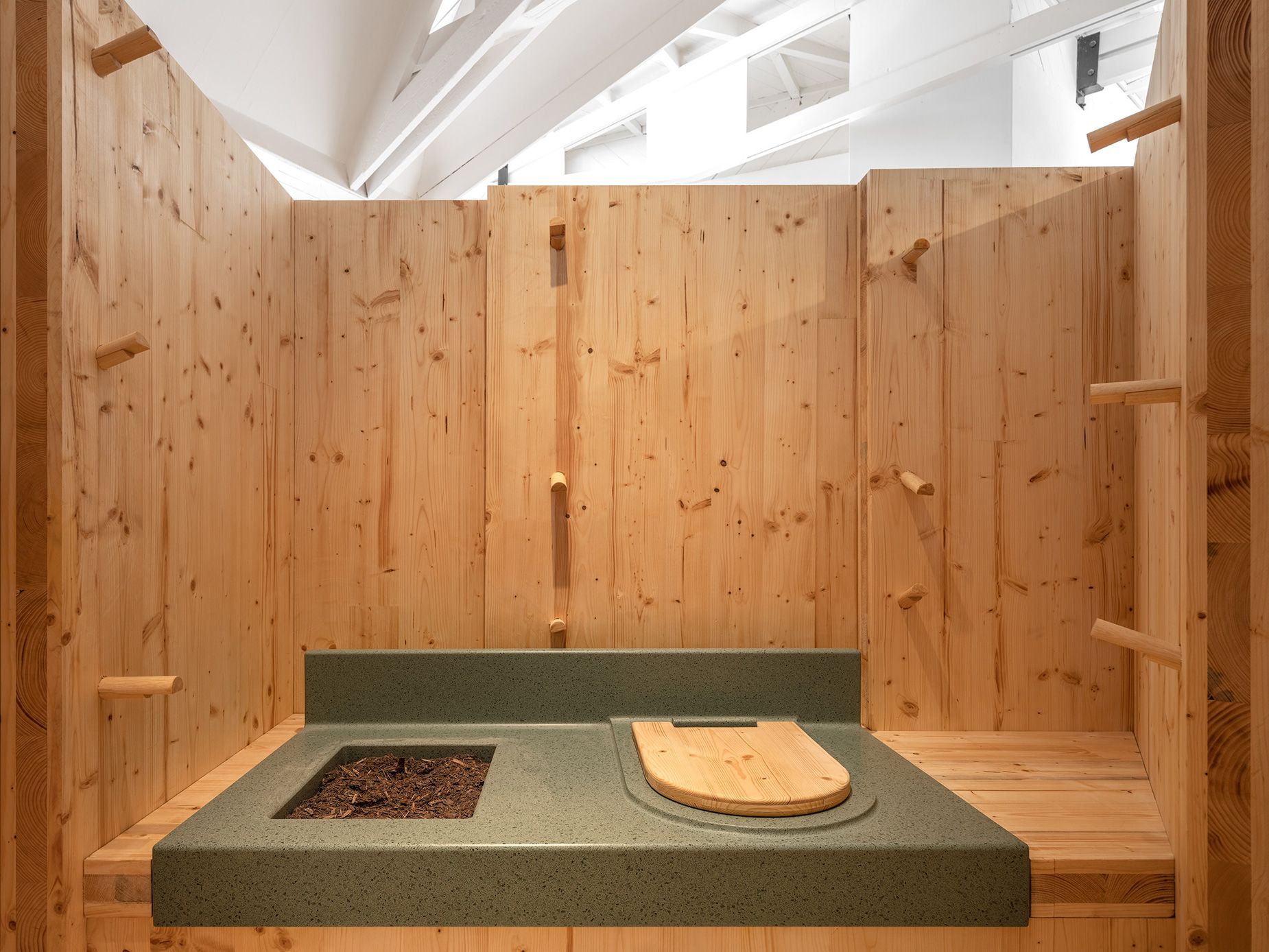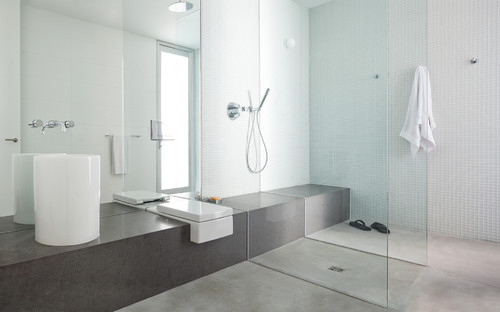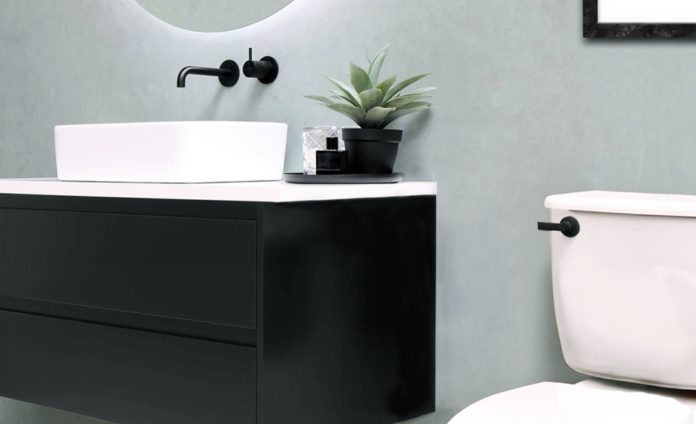In today’s world, where environmental concerns are at the forefront, our traditional flushing toilets are coming under scrutiny for their water-wasting ways. Did you know that flushing accounts for nearly a third of indoor water use in US homes alone? That’s a staggering statistic, especially when you consider the growing threat of water scarcity exacerbated by climate change.
Enter the visionaries – designers, engineers, and sanitation experts who are advocating for a toilet revolution. Their goal? To transform our approach to waste disposal while minimizing our environmental footprint.
Dry Composting Toilets
One innovative solution gaining traction is the dry compost toilet. It’s a simple yet effective concept that separates urine from solid waste, reducing odor and preserving valuable nutrients. By composting our waste, we can harness its potential as a renewable resource, producing heat, electricity, and fertilizer in the process. It’s a win-win for both our planet and our communities.

But embracing dry compost toilets isn’t without its challenges. Regulatory hurdles, logistical issues, and the infamous “ick factor” pose significant obstacles. Yet, advocates like environmental engineer Kelsey McWilliams are undeterred, championing sustainable sanitation solutions and pushing for policy reforms.
Meanwhile, pioneers like Diana Yousef are pushing the boundaries with groundbreaking technologies like the iThrone – a waterless toilet system that shrinks waste volume by a staggering 97%. With its potential to revolutionize sanitation in underserved communities, the iThrone represents a giant leap forward in the quest for accessible, hygienic toilets worldwide.
Embracing a Sustainable Future
And it’s not just about waste disposal – it’s about reimagining the entire sewage infrastructure. Projects like RecoLab in Helsingborg, Sweden, demonstrate how traditional sewage plants can be transformed into cutting-edge facilities that recycle water, extract valuable nutrients, and generate renewable energy. It’s a glimpse into the future of sustainable urban development, where waste is upcycled into valuable resources, and environmental stewardship is paramount.

As we confront the challenges of the 21st century, from water scarcity to climate change, the need for innovative toilet solutions has never been more pressing. It’s time to bid farewell to the outdated flush-and-forget mentality and embrace a more sustainable future, one toilet revolution at a time. After all, when nature calls, shouldn’t we answer with ingenuity and compassion for our planet?
Stay tuned to Brandsynario for more









































